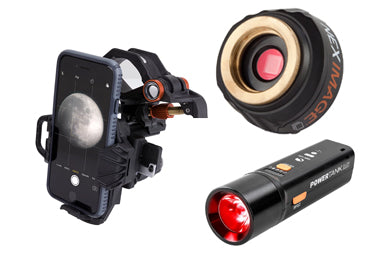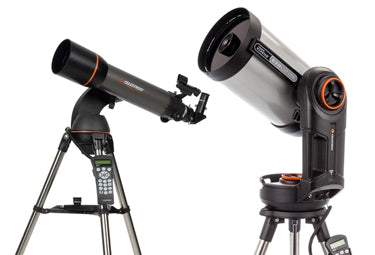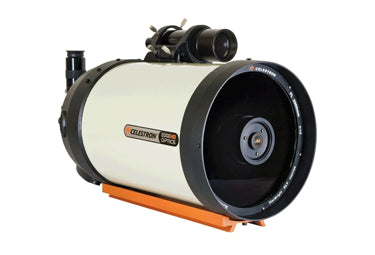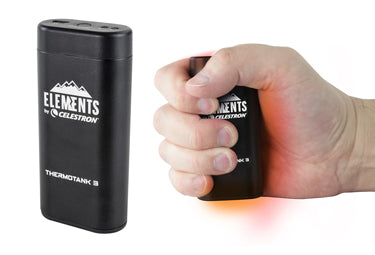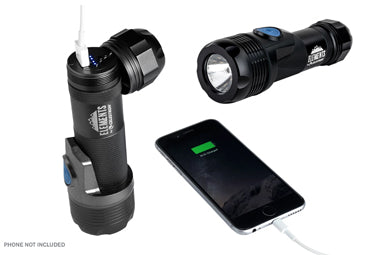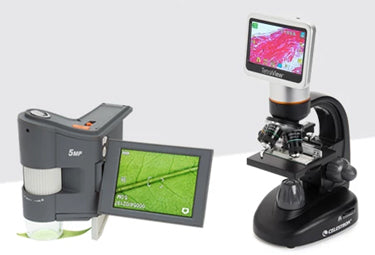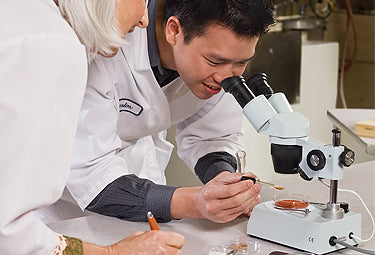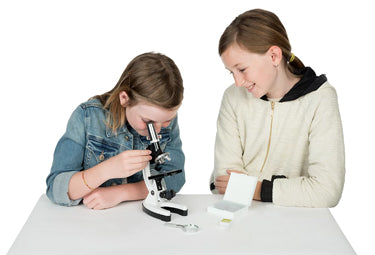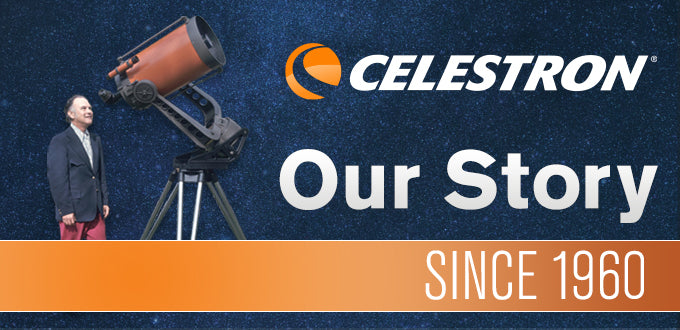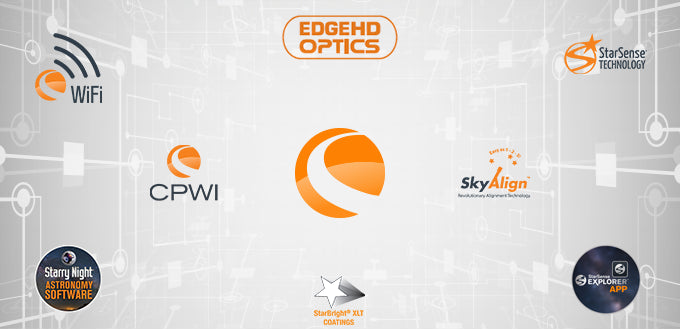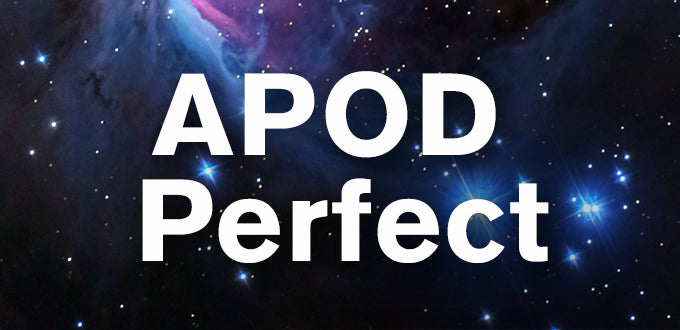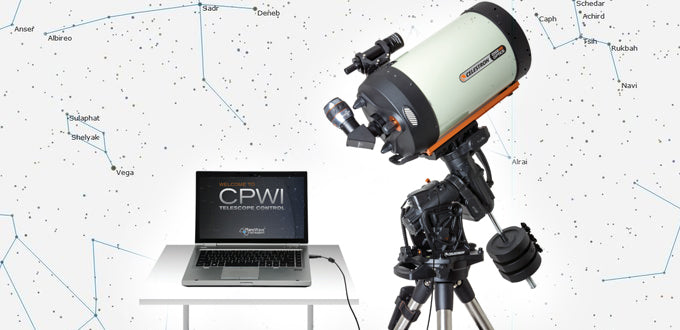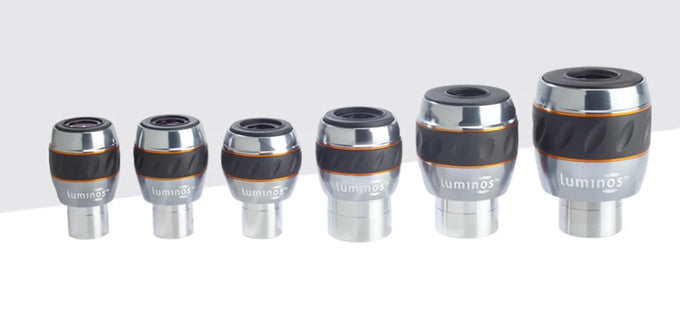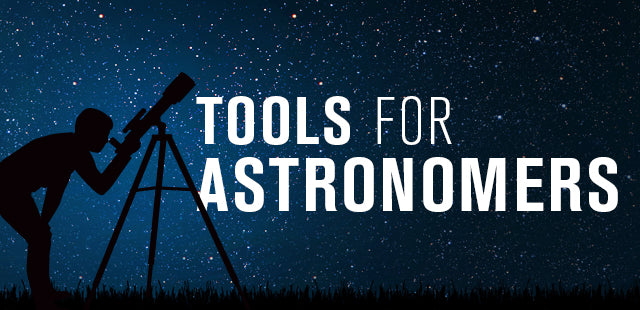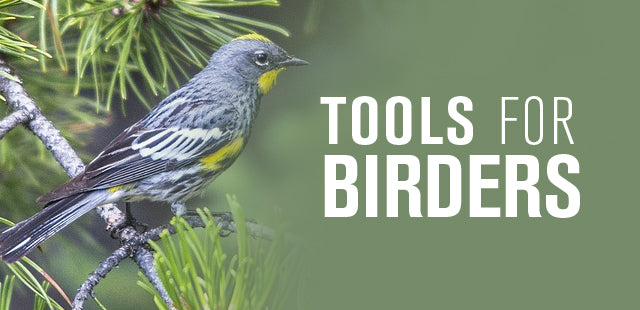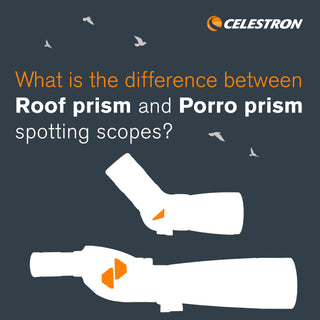What is light pollution and how does it affect views through my telescope?
February 17, 2022

Light pollution is unwanted light that projects up into the night sky. It makes the atmosphere much brighter than the natural night sky and significantly impacts astronomy. Light pollution drowns out the light from faint objects like galaxies and nebulae and increases brightness of the sky background while viewing faint stars. It comes from poorly designed, inefficient, or misused light fixtures that scatter light above the horizontal plane.
Light pollution can be amplified by air pollution. Dust and smoke scatter sky-bound radiation in all directions, further brightening the sky.
Astronomers can avoid light pollution by traveling to dark-sky locations far from cities, the source of most light and air pollution problems.
The Bortle Scale

Many astronomers classify the level of light pollution around them using the Bortle scale. The scale is a nine-level numeric scale that measures the night sky's brightness in a particular location, quantifies celestial objects' astronomical observability under light pollution conditions, and compares the darkness of observing sites. The Bortle scale was created and published by John E. Bortle in Sky & Telescope magazine's February 2001 edition. On the Bortle scale, Class 1 is classified as excellent dark sky viewing where no light is interfering, and Class 9 is classified as inner-city sky viewing where light significantly reduces the number of objects one can see. For more information, click here.
 Light Pollution Map of California
Light Pollution Map of California
Credit: LightPollutionMap.info

Celestron Products That Can Help
Telescopes – Several planets and the Moon are bright enough that they can be seen using any one of Celestron's telescopes, even under extreme light pollution. Celestron's Maksutov (MAK) and refractor telescopes are capable of high magnification with their long focal lengths. For imaging, a Rowe-Ackermann Schmidt Astrograph (RASA) equipped with its light pollution filter is great for imaging deep-sky objects from city skies.
Accessories – You can add dew shields, eyepieces, and camera filters, to a limited extent, to your telescope to counteract light pollution from nearby sources like streetlights. These methods will not target broad regions of the spectrum.
Check out our #DearCelestron video by Celestron Sales Manager, Greg Bragg, to learn more about Light Pollution.
Examples of Light-polluted Skies and Dark Skies
The views you will see from a light-polluted city differ from the views you will see from a dark, country sky. Here are some examples of deep-sky objects captured using the same optical tube from these two different locations. (Your images may differ.)





